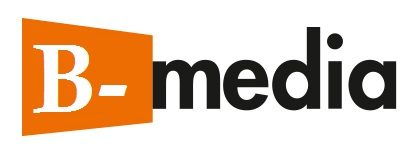A line of credit has emerged as a handy option to access funding needs for small businesses rather than opting for a lump-sum traditional loan with stringent terms and conditions. As Charles Spinelli says, easy access to credit lines comes to immense help for small businesses to meet their working capital need, buy machinery, and pay for raw materials and other business purposes. The most appealing part of the scheme is that it requires businesses to pay interest only on the amount used by it and not the entire approved credit line.
Since many people wonder about the application process for a business line of credit, here is a step-by-step guide for applying for a line of credit.
Determine the Amount of Funding Needed
Before visiting the financial institution determine how much credit is needed. While loan amounts of a credit line vary among lenders typically it ranges from $2,000 to $250,000. According to Charles Spinelli, although the borrower needs to pay interest only on the used funds, however, as long as they don’t need to go for the higher limit, initially opting for only the needed fund that the borrower can afford is the best choice.
If borrowers need excess funds later, they can request the lender for an increase of the credit limit. On evaluation of the business’s revenue status and borrower’s credit history, the lending company may approve it or might ask for collateral.
Verify Loan Eligibility
When it comes to one’s eligibility for a business line of credit, lenders typically evaluate the following factors.
Credit score: credit score is basically a three-digit numeral that represents the creditworthiness and credit background of a borrower. Therefore, having a higher credit score increases the likelihood of a borrower getting a loan approval right away, while a lower or poor credit scope leads to disapproval of a loan application.
Business revenue: Most credit line lenders prefer borrowers who can show a minimum monthly/annual revenue of the business. The criterion typically varies among lenders and can range between $10,000/ month to $250,000/ year. Compared to traditional banks, lenders generally have a less stringent revenue requirement.
Period of Operation: In general, traditional banks allow businesses a line of credit if they are operating for a minimum of one to two years in the market. However often online lenders may approve loans to borrowers operating for six months minimum and can show the minimum revenue level. Naturally, businesses that are operating for a longer period and have a stable performance can avail of a loan with a lower interest rate too.
Compare Lenders
After having a clear understanding of the eligibility criteria and need for finance, a borrower needs to research the background of lenders and compare their offers with terms and conditions to find the best fit. Typically a borrower needs to compare minimum and maximum credit limits, terms of repayment, interest rate, and other terms and conditions associated with the loan option.
Documents Required
Once a borrower finds a preferred lender, whether a public bank or private lending company, they need to gather various documents which will be required to be attached to the loan application. These documents include
- Business licenses
- Articles of incorporation
- Personal and business tax returns
- Profit and loss statements
- Financial statements
- Business plan and as required by the financial institution
To make sure, about required documents, it makes sense to ask the lender on the phone before visiting to keep all papers handy. Once ready the borrower needs to submit the loan application online or in person. It may take as little as 15-30 minutes to several days to know if the loan is approved.

